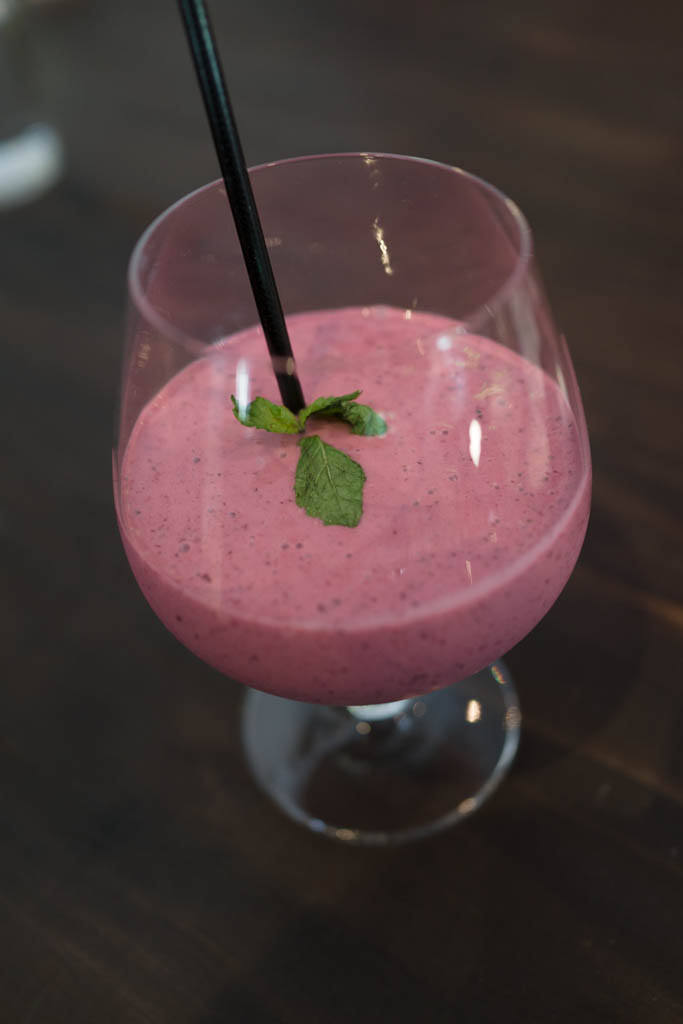Image By Yelkrokoyade - Own work, CC BY-SA 3.0, https://commons.wikimedia.org/w/index.php?curid=6739869
Want to treat yourself to a beautiful salad or impress your friends with an eye pleasing spread on dinner night? What better way to do that than garnish your dish with an edible arrangement of colorful flowers. There are a plenty edible flowers to choose from but these are my favorite based on color and flavor.
Image By Markcaya - Own work, CC BY-SA 3.0, https://commons.wikimedia.org/w/index.php?curid=33552501
First is the Sweet William Flower, I used to grow these with my dad growing up. They are a small relative to the carnation and have a clove like spice flavor. Because of all the colors they come in I like to decorate cakes with them. The image below shows Sweet Williams with Marigolds as a garnish.
Image by Kimberly Vardeman - originally posted to Flickr as Spring Flower Cake, CC BY 2.0, https://commons.wikimedia.org/w/index.php?curid=4899865
Image By Original uploader was Harp at en.wikipedia - Transferred from en.wikipedia, CC BY-SA 3.0, https://commons.wikimedia.org/w/index.php?curid=3584472
Pumpkin flowers are also edible. I first heard this from my brother in law who fries them up and puts them in tacos. Since then I have also learned they are good stuffed and fried, and added to salads to bring color. Stuffing them takes some care because they are very delicate and tear easily.
Image byArnaud 25 - Own work, CC BY-SA 4.0, https://commons.wikimedia.org/w/index.php?curid=40167683






























